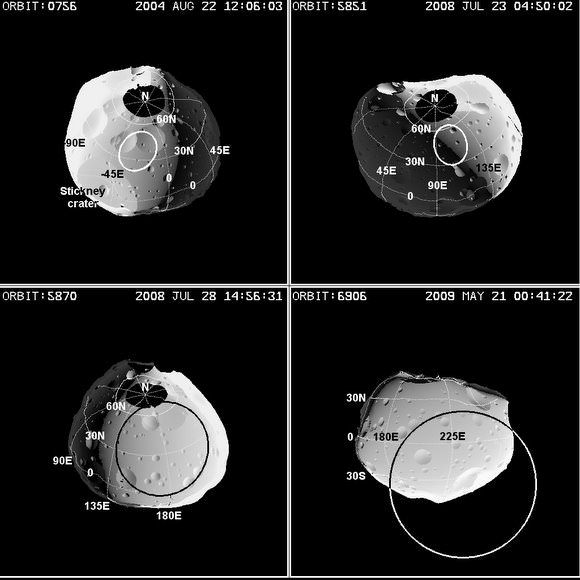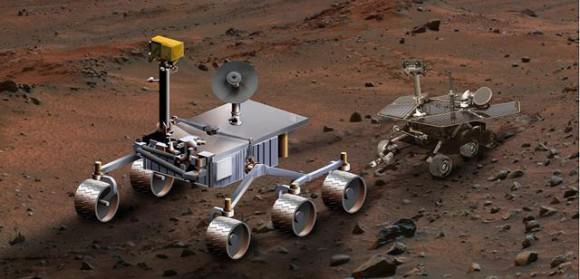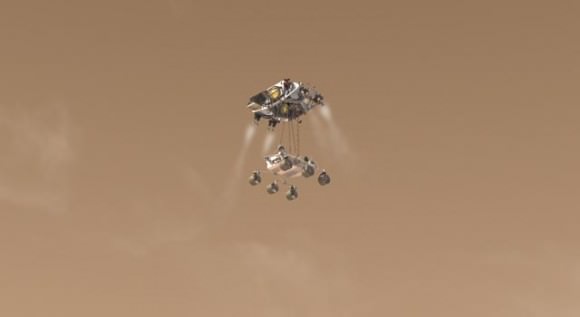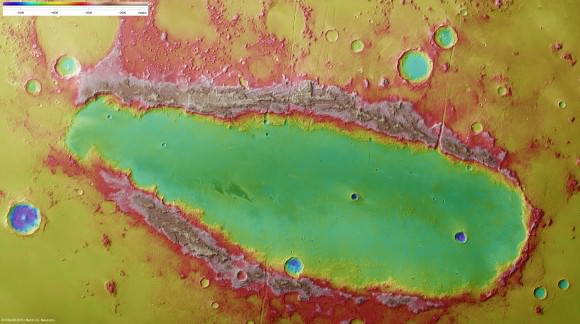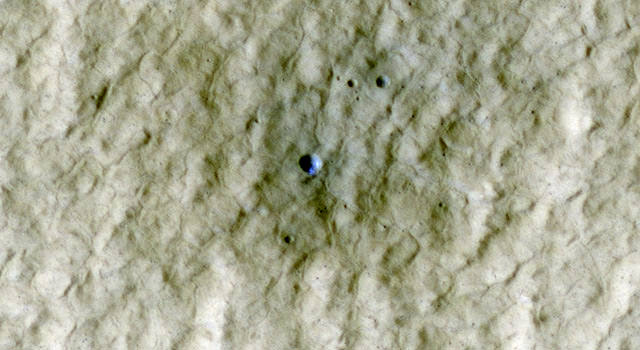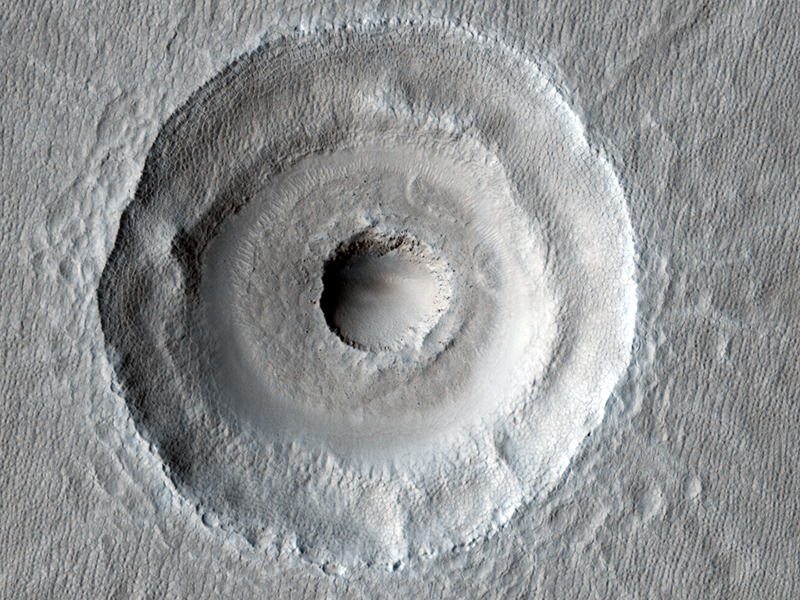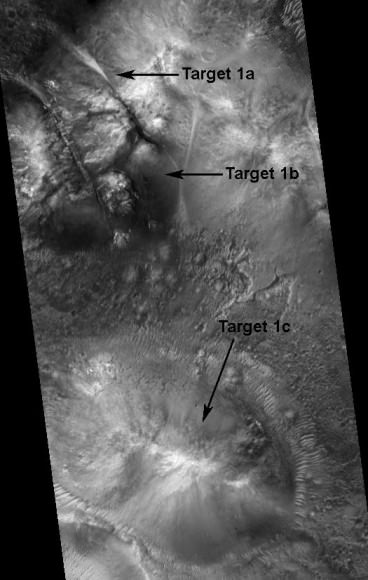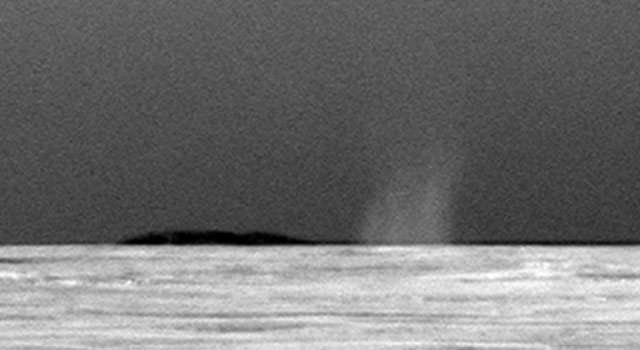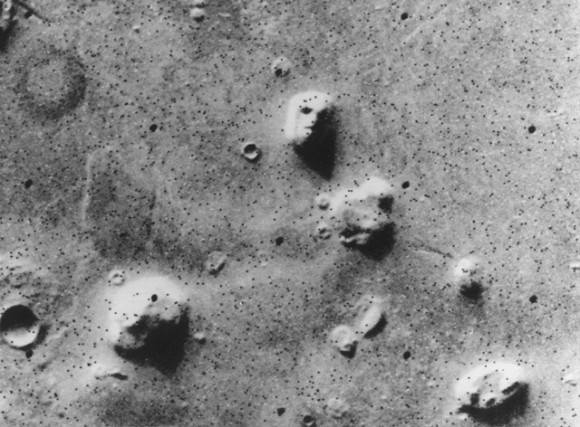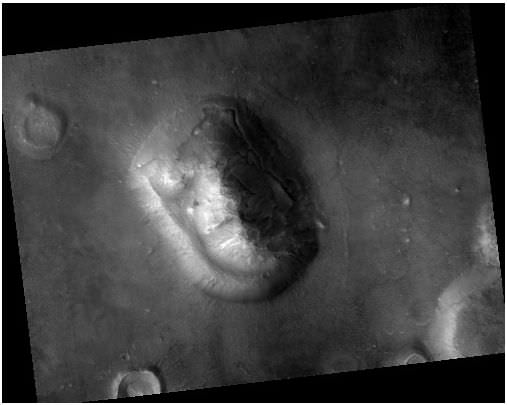[/caption]
While the Herschel Space Observatory usually looks at some of the coldest and most distant objects in the Universe, it also has a side mission to study objects within our own solar system, looking for water-related chemistry on some of the other neighboring planets and moons, as well as comets. At the European Planetary Science Congress in Rome, Herschel scientists presented their first results from their observations of Mars, and said their findings may completely revise our understanding of the Red Planet’s atmosphere.
Herschel has observed Mars with its three instruments, the Heterodyne Instrument for the Far Infrared (HIFI), the Photodetector Array Camera & Spectrometer, and the Spectral and Photometric Imaging Receiver (SPIRE). From these observations, Herschel scientists have been able to obtain an accurate globally-averaged temperature profile of the Martian atmosphere which may cause scientists to revise their models about atmospheric circulation on Mars.
Additionally, the first sub-millimeter observation of molecular oxygen on the planet may lead to a completely new picture of the oxygen distribution in the Martian atmosphere.
“Water vapor plays a key role in the Martian atmospheric chemistry and physics,” said Dr. Paul Hartogh of the Max Planck Institute for Solar System Research in Germany.
SPIRE has provided the first continuous spectrum of the Martian atmosphere in the spectral range in the far-IR/sub-millimeter, as well as, the first complete set of water vapor and carbon monoxide (CO) content in this range.
HIFI observed Mars between April 11-16, 2010, and while only a small part of the data has been analyzed up to now, it already has provided some interesting results: A globally averaged temperature profile has been retrieved from the first simultaneous observations of two carbon monoxide isotopes.
“The best fit of the Martian atmospheric model to these observations shows important differences compared to what we were predicting: between 40 and 80 km from the ground, the atmosphere appears to be more than 10 degrees Celsius colder than predicted,” said Hartogh.
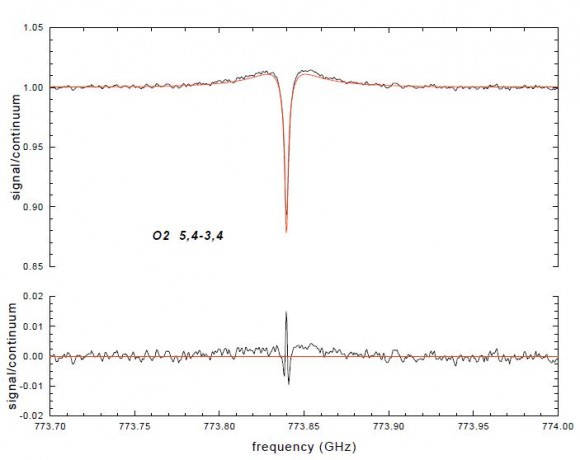
Scientists also reporedt on the first sub-mm detection of molecular oxygen (O2) on Mars, with an observational accuracy at least 10 times better than was done before.
“Our sub-mm observations provide for the first time a vertical profile of molecular oxygen in the Martian atmosphere. We found that, contrary to the general assumption of a constant O2 content independently of altitude, the Martian atmosphere is richer in oxygen near the ground and then O2 decreases rapidly with altitude,” said Hartogh.
If this profile is confirmed it may imply different oxygen production and loss processes not considered before, leading to new insights about the Martian atmosphere.
“Obviously, much work still needs to be done on the vertical profile of O2 before we draw such conclusions,” he added.
Herschel’s “Water and related chemistry in the Solar System” project, was conceived with the sole aim to determine the origin, evolution, and distribution of water in Mars, the outer planets, Titan, Enceladus and the comets. Herschel will continue exploring our solar system in the next 2–3 years of its planned mission duration.
“We hope that surprises and major breakthroughs in our knowledge will keep coming in, and that at the end we will have gained a unified picture of the origin and evolution of water in the Solar System objects,” says Dr. Hartogh.
The Herschel Space Observatory launched on May 14, 2009.
For more information, the teams’ papers are available here:
First results on Martian carbon monixide from Herschel/HIFI observations, Hartogh, P., Blecka, M., Jarchow, C. et al., 2010, A&A in press, http://arxiv.org/abs/1007.1291.
HIFI observations of Mars: first detection of O2 at submillimetre wavelengths and upper limits on HCl and H2O2, Hartogh, P., Jarchow, C., Lellouch, E. et al., 2010, A&A in press, http://arxiv.org/abs/1007.1301
Water and related chemistry in the Solar System. A guaranteed time key programme for Herschel, Hartogh, P., Lellouch, E., Crovisier, J., et al., 2009, Planet. Space Sci., Vol. 57, Issue 13, Pages 1596-1606
The Herschel-SPIRE submillimetre spectrum of Mars, Swinyard, B., Hartogh, P., Sidher, S. et al., 2010, A&A, 518, L151, doi:10.1051/0004-6361/201014717


